Rembrandt Reality
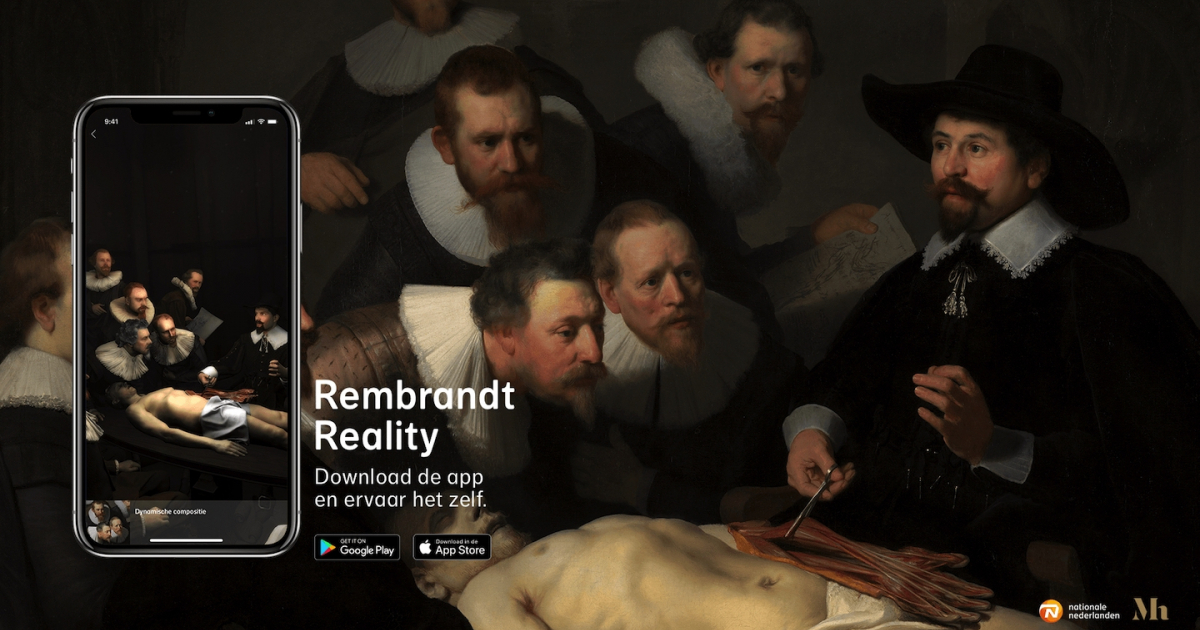
350 years after Rembrandt’s death we invite you to travel back in time and step into his most iconic painting: ‘The anatomical lesson of Dr. Nicolaes Tulp’. This AR experience enables you to wander around the scene and discover the hidden secrets.
We have set the goal of bringing the museum to the young, rather than the other way around. With the project "Rembrandt Reality" we show that we can make art and culture accessible in an innovative way. We use mobile devices to open a new world, so that everyone can experience the power of art. Augmented Reality is a forerunner and source of inspiration for the art sector by enriching art and cultural heritage with a digital layer and storytelling. In this way we make this sector more dynamic and interesting for a larger audience.
Additional
Doing something that hasn’t been done before means taking a risk and great confidence of your client. In this process, creatives, developers and our client realized we should do anything possible to make this happen. It created a beautiful atmosphere and team spirit where there were no traditional agency/client struggles. After all we were all part of social mission led by innovation. Collectively paying tribute to the ancient master.
Idea/Craft - Innovation
‘Is it possible to make people virtually step into a painting?’. That was question that arose during the briefing. We took on the challenge and started to experiment with a first prototype. After many tests and failures, we managed to create ‘Rembrandt reality’. An app that lets you travel back to 1632, where you literally step in to Rembrandt’s masterpiece ‘The anatomical lesson of Dr. Nicolaes Tulp’. Through Augmented Reality, you place a virtual portal in your physical environment with your smartphone or tablet. If you step through it, you will walk straight into the anatomical theater of 1632. Standing among the surgeons, you learn all about the hidden secrets of this iconic painting in an interactive 360 ° 3D experience.
Craft/Execution - Digital
Our challenge: ‘How can we create an experience that pays tribute to the painting rather than devaluate it?’ We treated the project as a movie production. Carefully casting look-a-likes, while Bho Roosterman, Hollands well known costume designer sourced exact copies of the doctor’s clothes. With the help of computer simulations, we recreated the scene. Enabling us to position the doctors in the exact same stance as in the painting. After 3D scanning came the ‘plastic surgery’. Details such as facial hair, wrinkles and bone-structures were added according to the details of the painting. Most challenging of all was recreating the ‘Rembrandt light’. After experimenting with different combinations of light sources, light intensity and color, we managed to match the magic of the painting as close as we could. Combining ‘floor recognition’ and Augmented Reality was our next challenge. We created 96 prototypes before our developers made our dream of stepping into a painting finally happen.
Nationale-Nederlanden values the role of art and culture in society, because it inspires and connects. It is their ambition to make art and culture accessible to everyone. Special attention is given to inspire young people. In that perspective NN Group has been a proud partner of the Mauritshuis since 2016. During ‘The Year of Rembrandt’ Capitola has been asked to make Rembrandts must see painting ‘The anatomical lesson of Dr. Nicolaes Tulp’ accessible to the next generation. We needed to engage the young audience with art in an innovative and exciting way. Showing them ‘something never seen before’.
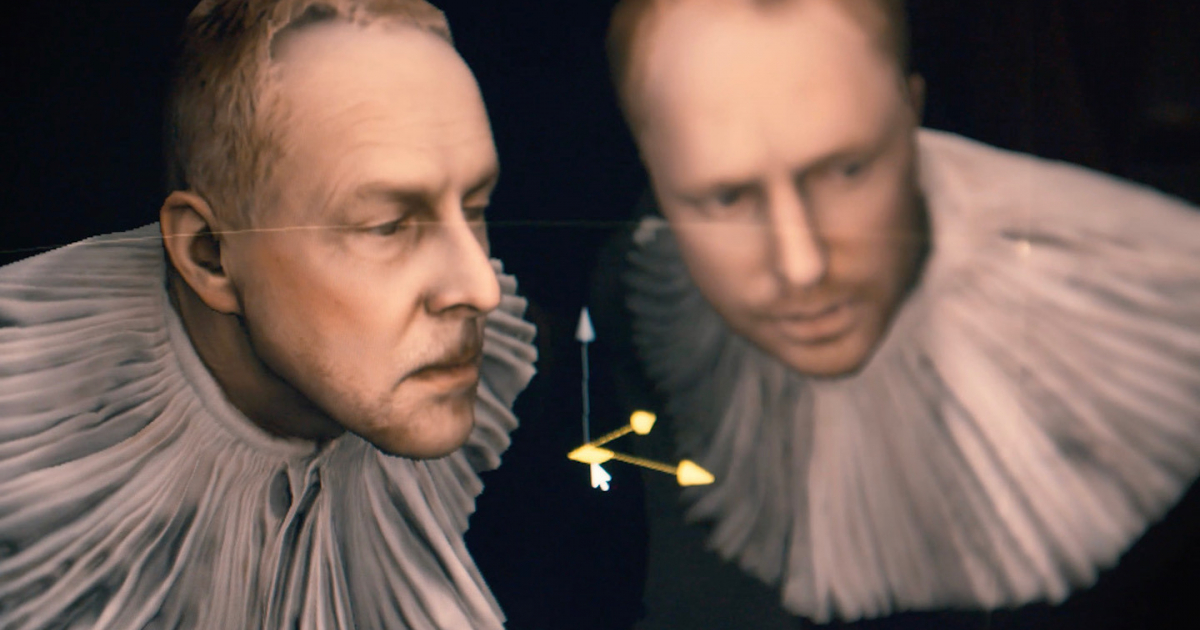
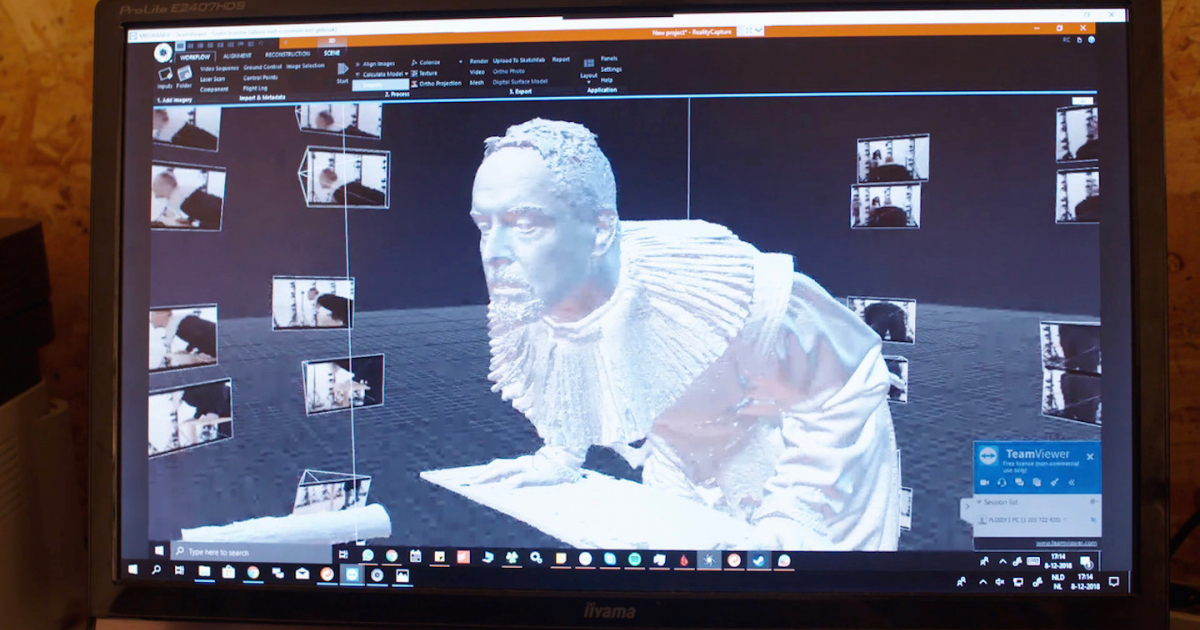
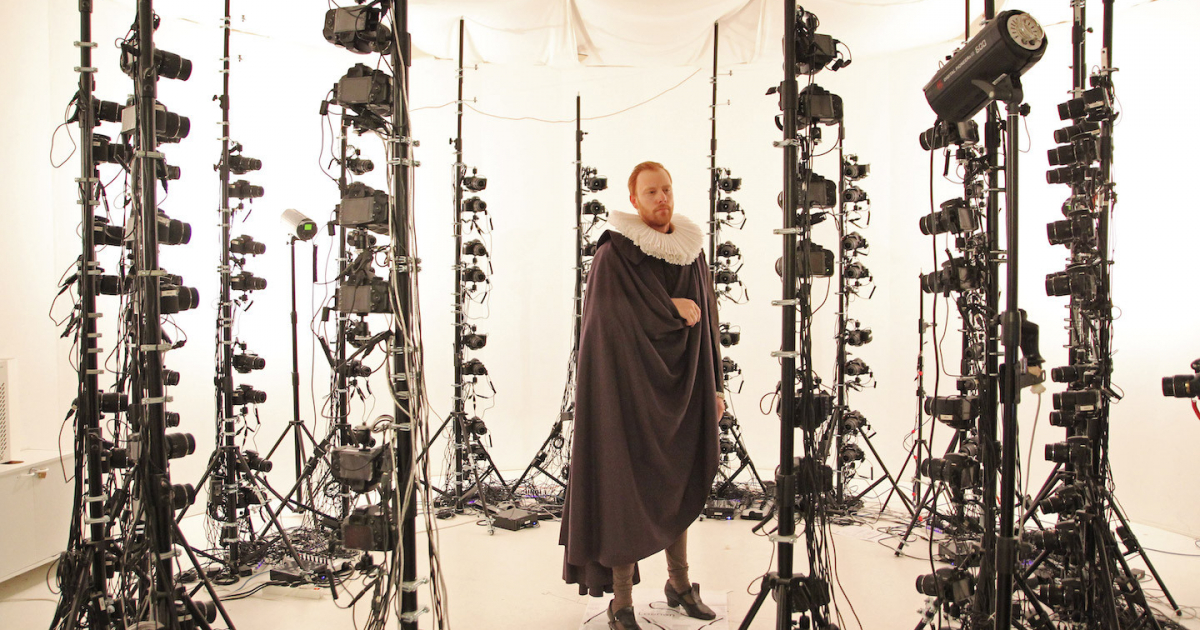
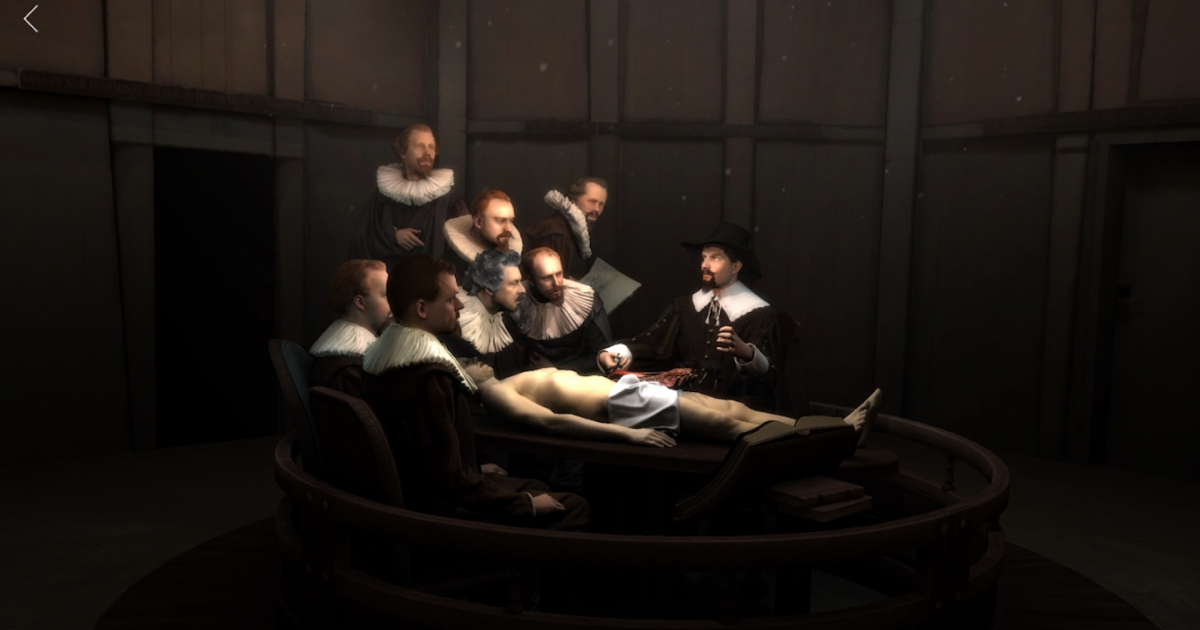
Jury Feedback
NEXT – INNOVATION / NOMINATION
Great to use new tech for young audiences but how is this relevant to promoting art and how hard is it to access. There may be too many layers to access it. It is a translation into Now to bring the museum to the young.
CRAFT - DIGITAL / BRONZE
Amazing high value production. Much attention to detail. The portal effect on its own is not something new, but we want to reward the efforts that went into the detail en production. The experience really works and enhances the experience of a painting. We are unsure if this is making the museum experience accessible anywhere or that this is an in-depth view for a painting, taking place in a museum. Is this a campaign? Or an application to be used at the location of the actual painting? The jury feel it could have been transformed into a more interactive experience - instead of just looking around - this would have made the project score even higher.